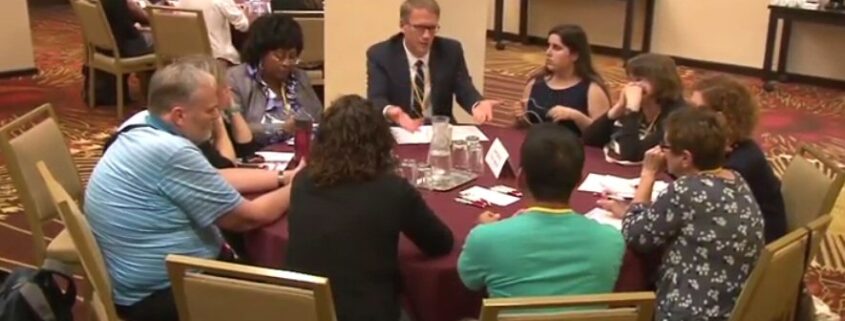One Rb World 2024 Shines the Light on Life-Saving Care: Highlights from Hawaii Day Two | Page 1
The 7th One Retinoblastoma World conference took place in Honolulu, Hawaii over three days in October 2024. Day Two brought perspectives from around the globe as our scientific programming took center stage. Marissa D. Gonzalez, President of World Eye Cancer Hope USA, and Conference Event Chair, shares highlights from discussions on life-saving care and technological advances in the second installment of this three-part conference review.










